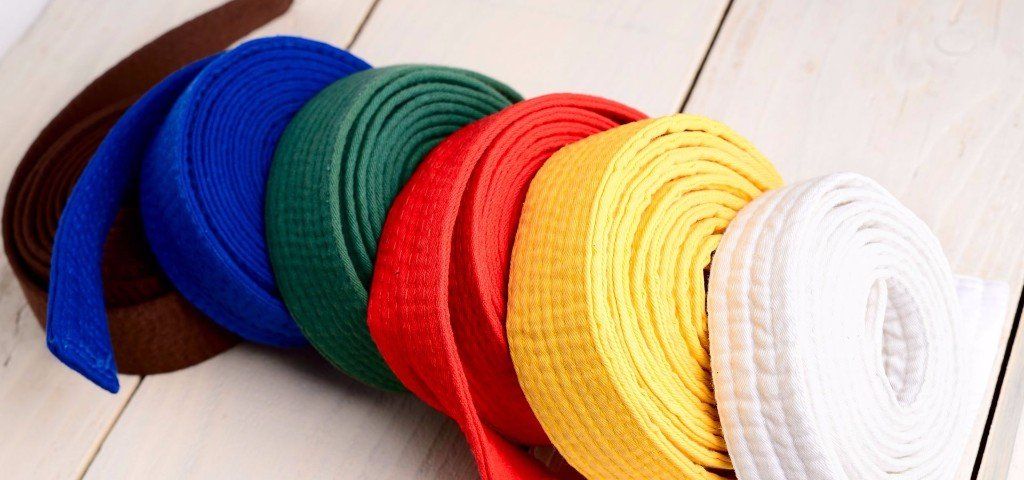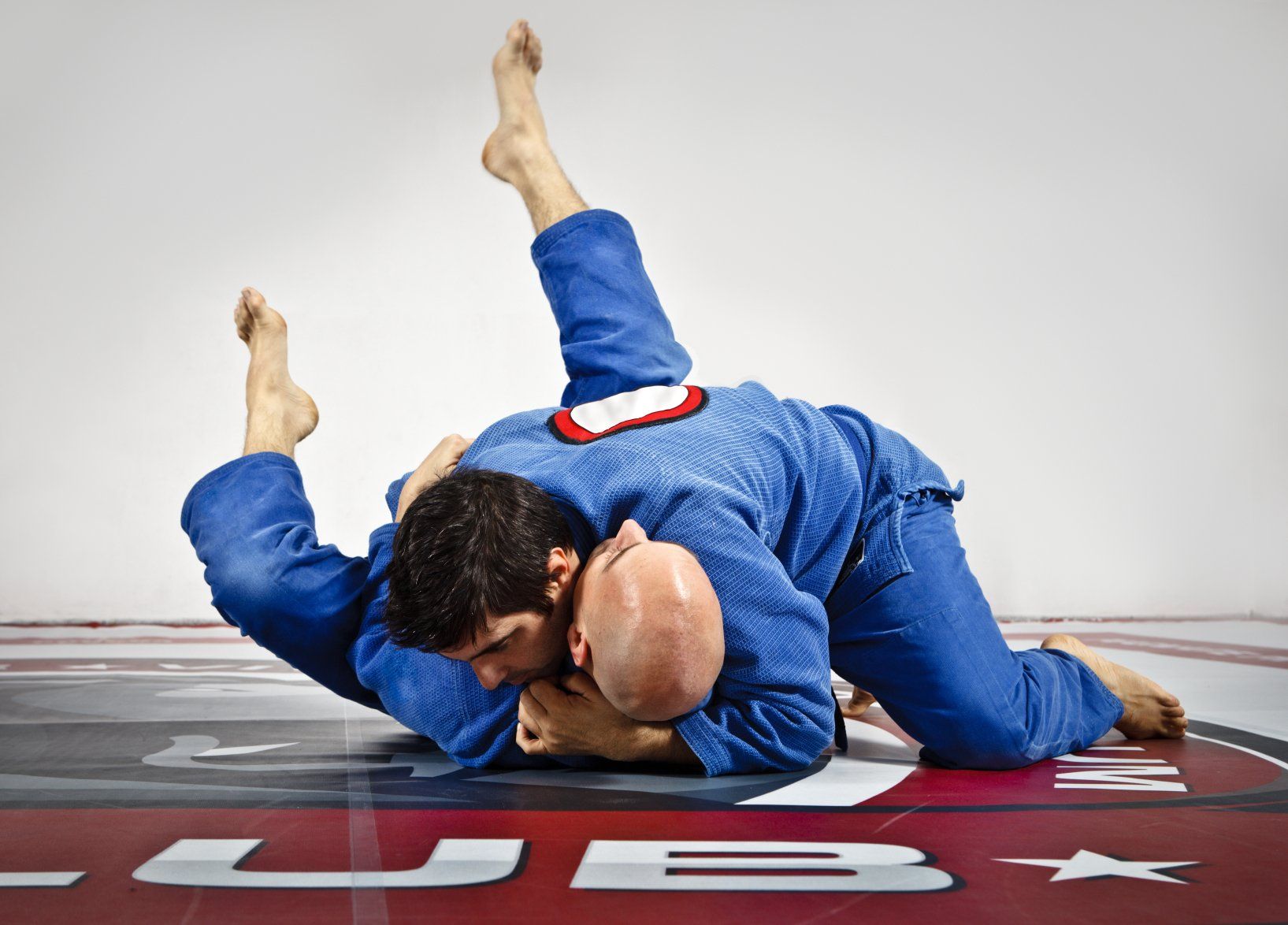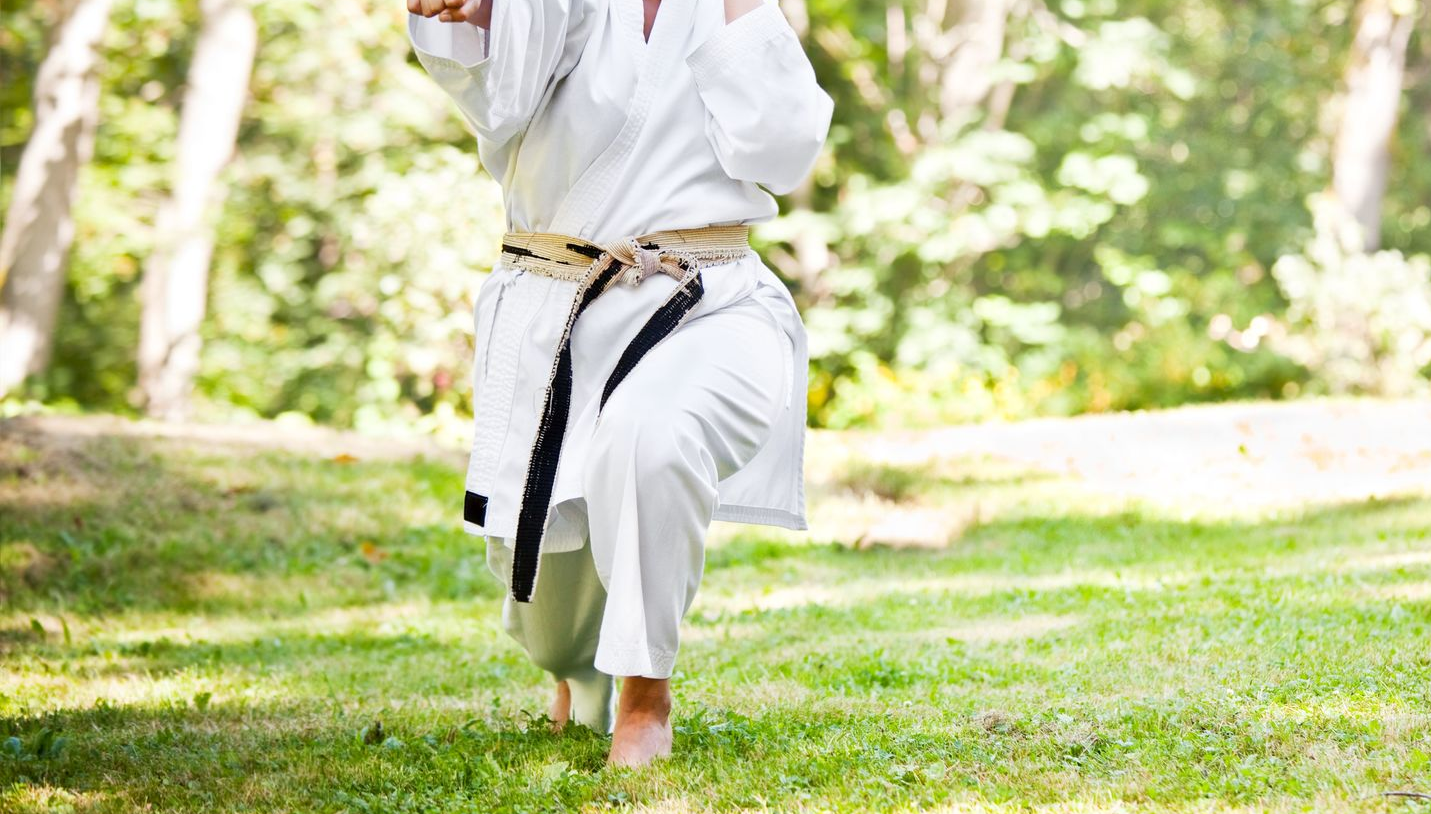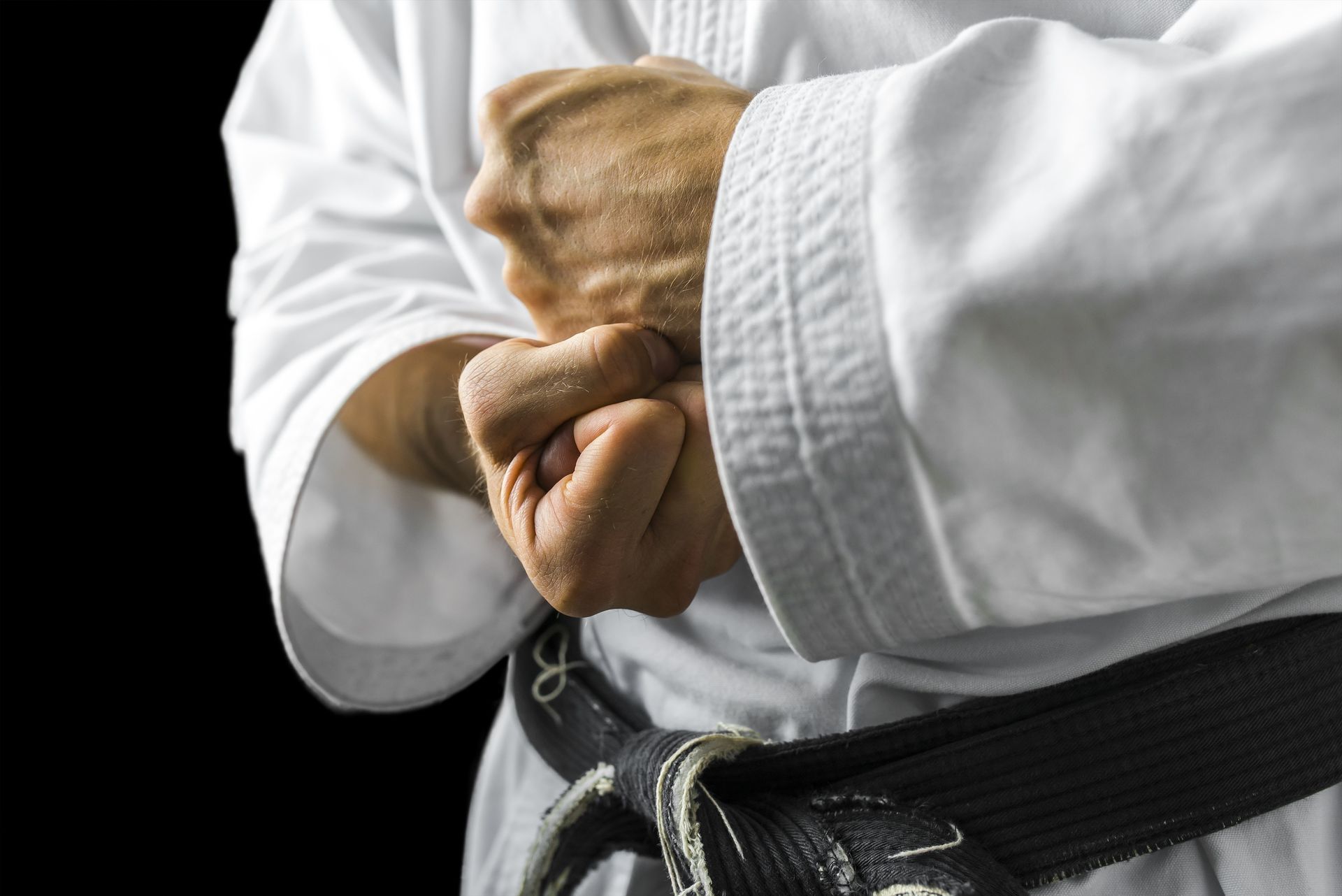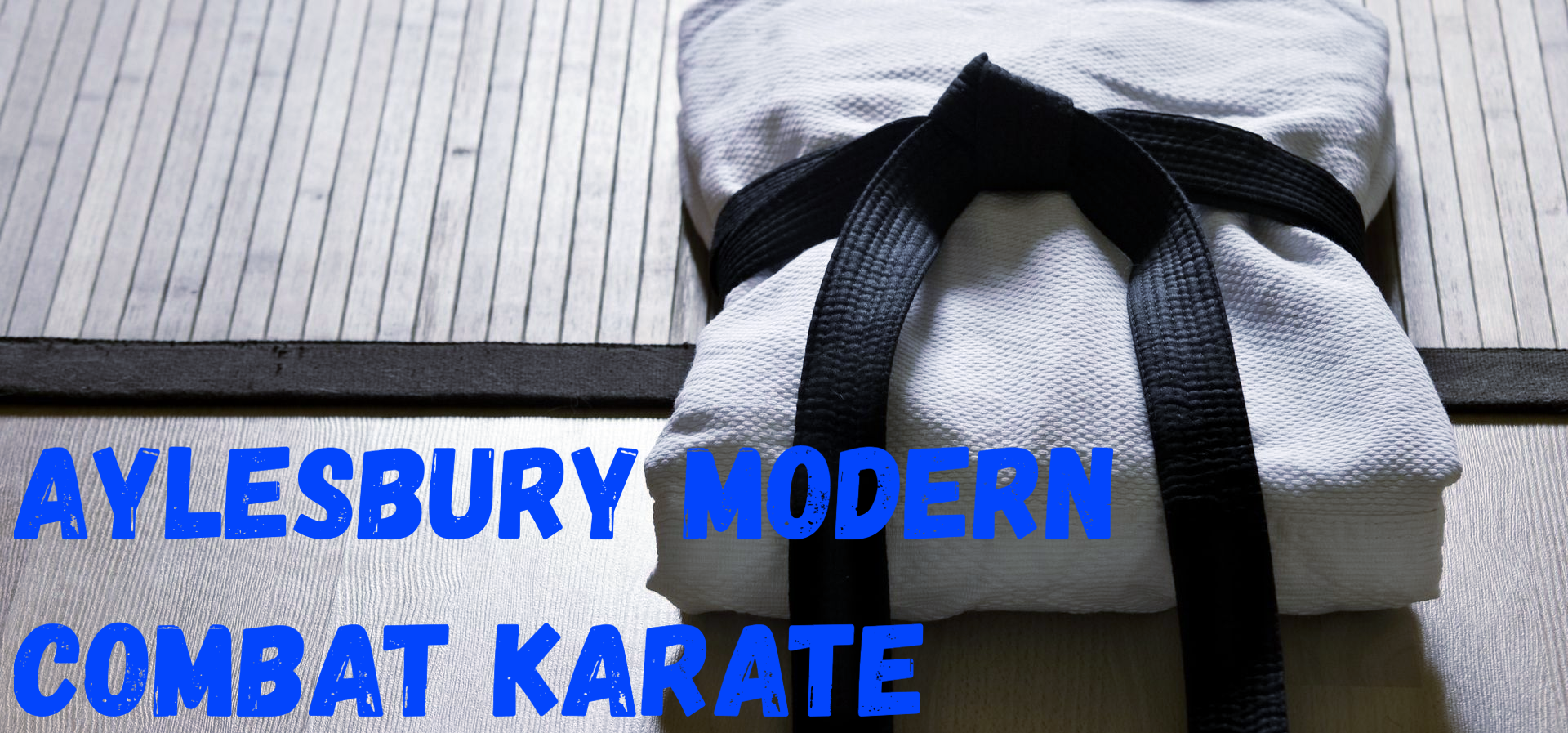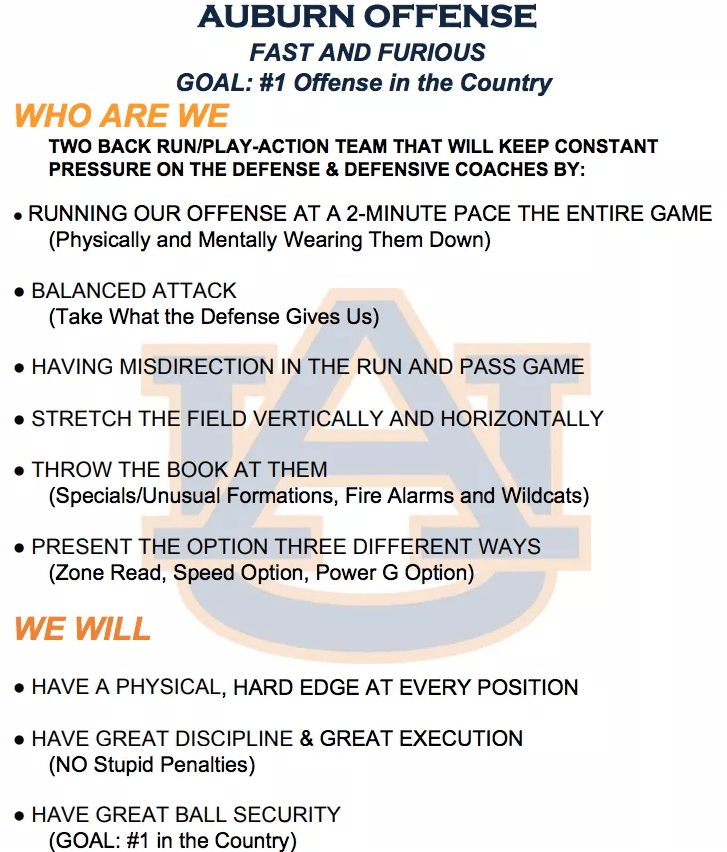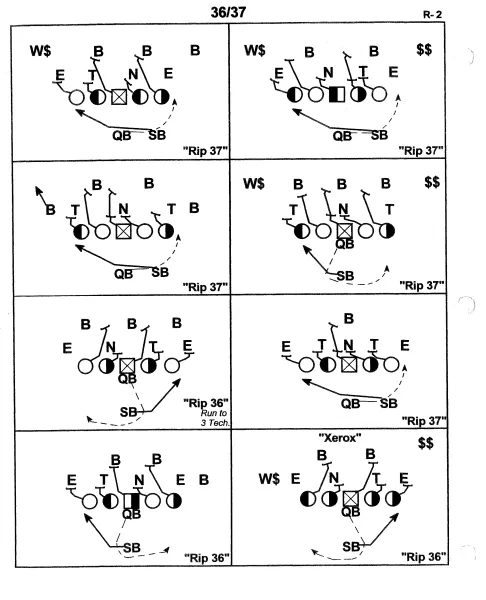Kata - Karate's NFL Playbook.
The goal is clearly stated at the top of the document. It is a simple, single line of text which is easy for every team member to remember and understand. “#1 Offense in the Country.”
We then have an outline of how they’re going to achieve this with brief notes on their tactical approach and what is required of the team alongside this.
“But Rob, what’s the point of this?” I hear you ask.
The point is this is exactly the framework we need to be approaching kata in.
Goal:
Escape from violence, avoid injury.
Decision Points:
Strike preemptively
Dominate positionally
(They’re in front of us, we’re not in front of them)
Control limbs
(They can’t hit back)
Get up from the ground
We will:
Understand the legality of use of force
Work to disengage as soon as possible
(public perception)
Obviously the soft skills required for self-defence are missing here, but the kata are already the physical end of self-protection - we don’t go through all our de-escalation drills before the first move of the kata when doing solo performance, and so this underpinning information can come elsewhere in our syllabus or training sessions.
This framework (or your individual version of it, based on your assessment of the key physical components) can then be applied to any of the kata in whichever system you study.
But more than this, this system will then be able to be used to inform the rest of your training choices.
But we’ll get to that in a minute.
The next important part of the playbook is the plays themselves:
This is one play from the 2005 West Virginia playbook. It tells each player where he’s moving to, who he’s blocking, what action he needs to take, and any other pertinent information.
These are the contingencies for this 1 play against some expected defensive lines:
Immediately I hope we can see the parallels between these plays and kata:
Here we have one “play” from Naihanchi/Tekki Shodan, we have our actions, the footwork and movement direction gives us our position relative to the aggressor, we know - as the offensive line knows - where we’re going and what we’re hitting.
But if that doesn’t work, here’s our contingencies:
And just like us, and offensive line doesn’t rote learn their moves from the playbook, they run them on the field over and over again throughout the week, so they develop the muscle memory to run that play without thinking with a handful of seconds notice.
Furthermore, the plays in the play book are based off of experiences gained during actual previous games. These plays are obviously created in isolation in practice, but they're then tested in a live situation on the field, and the ones that stay in the book are the ones which work.
And this is exactly how we should be viewing and practicing our kata. We should be viewing the kata as the self-protection methods which worked previously, and we should be saying “This is my goal, these are my decision points within that goal, and this is my main play - if it all goes to pot I can then fall back on…”
Take, for example, Tekki/Naihanchi Shodan. If we apply the above process to this kata, we get:
Goal
Escape from violence, avoid injury.
Decision Points
Strike pre-emptively
Dominate positionally
(They’re in front of us, we’re not in front of them)
Control limbs
(They can’t hit back)
Get up from the ground
Main Play
Crash in, clinch up, strike into the leg and then elbow to the face to put the aggressor in a position where pursuit is hampered.
Contingencies
If blocking elbows, strip limbs and either neck crank or strike through with a hook.
If neck crank fails stomp knee and hook into side of head
[…]
Luckily, we don’t have to write anything down after we decide on our goal and decision points - the kata exists as a living textbook of how to carry out combat, we just need to drill it sufficiently and with suitable levels of resistance.
And talking of drills, let's now look at how those decision points we decided on earlier in this piece can be used to develop the rest of our training out of the kata, being the underpinning collection of concepts for our training.
Again, using Naihanchi/Tekki Shodan, the opening moves of the kata (which I do in line with the Wado Ryu solo form) are, for me, the adoption of a clinch position, so:
Preemptive striking: How can I integrate striking into the clinch, what drills can I use to strike and clinch up simultaneously.
Dominate Positionally: What position am I controlling, how can I work with a partner in a semi-live situation to work to this position.
If the clinch is a vulnerable position, how does the kata teach me to transition out of it?
Can I isolate this transition and drill it as a unique bit of practice to feed back into the wider bunkai/oyo picture?
Limb Control: How from the clinch am I likely to be struck and how do I control limbs whilst clinching?
Get up from the ground: Where are the risk points for being taken to the ground, and does the kata give me contingencies for on the ground or to get back up?
Immediately it can be seen from the first handful of movements that we can pull an entire system of combat - an entire method of playing - out of a single kata by focussing on 4 simple points that fall out of our clear goal. This obviously isn’t surprising to many of us due to the origins of the kata as holistic individual fighting systems, but it is something that even for pragmatists may fall by the wayside slightly.
Using the above, we can use this single kata to identify numerous sub drills, and these could include:
-Adopting a simple clinch
-----Adopting a clinch with bicep strike
-----Adopting a clinch with shoulder barge
-----Headbutting on entry into the clinch
----------Contingencies for a failed clinch
---------------Modifying following techniques from an over/under or collar/elbow
-Transitioning from the clinch into other holds
-----Clinch into double under (and back)
-----Clinch into elbow/collar (and back)
-Deliberate striking in the clinch
Already here we have around 10 separate, albeit relatively simple, drills for in class based off of the first maybe three or four movements of one kata, all of which can be reinforced by our practice of that kata.
And this is the key to the play book approach to kata - we identify our goal, we identify the framework in which we want to achieve that goal, and we develop individual or isolated drills out of the whole kata to develop our ability to reach that goal.
Whilst this becomes less and less of an option with styles who have incredibly broad kata sets (I’m looking at you, Shotokan and Shitoryu!), with the ability to reduce our kata sets down to those key ones we believe cover our needs comes the ability to expand in great depth upon those kata and have every piece of training we do come directly out of the kata themselves - from kihon, through renraku waza, to bunkai/oyo - and this overlapping training will continuously reinforce the lessons of the kata, even when you’re not “doing kata.”
To quote Otsuka, “It is obvious that these kata must be trained and practiced sufficiently, but one must not be ‘stuck’ in them. One must withdraw from the kata to produce forms with no limits or else it becomes useless. It is important to alter the form of the trained kata without hesitation to produce countless other forms of training.”
This is exactly what we can do with the playbook method of approaching kata.
If you'd like to learn more about the all-in fighting methods of traditional karate, as taught through the kata of our system and their associated drills, contact us for your free trial session now!
Stand firm. Be strong. Let all that you do be done with love.
Rob



